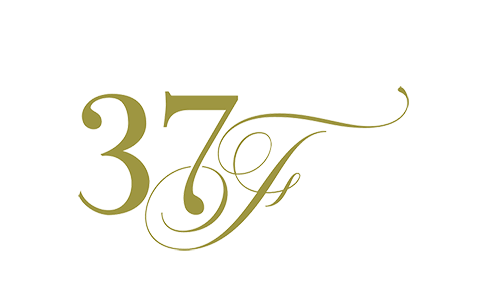The Impulse to See Stories Everywhere
Some people walk into a room and see chairs, curtains, and a clock on the wall.
Others … and maybe you’re one of them … walk into a room and feel the stories.
Who sat here last week? Who looked out this window and what were their thoughts, who laughed so hard they nearly spilled their drink? Whose shoulders carried the exhaustion of the day, right where the fabric is a little worn?
For some of us, it’s not a choice. It’s an incessant impulse. A blessing and, sometimes, a burden. The mind never rests. Every face, every scene, every street corner seems to hum with unwritten chapters. And once you notice, you can’t un-notice.
This is what it feels like to be born to tell stories.
It sounds poetic, and it is. But it can also be debilitating. Because how do you live fully in the moment, when you’re forever narrating it? How do you simply be when you’re forever archiving? Maybe this blog post itself is proof. Because even now, we’re compelled to frame the experience of storytelling as… well, a story.

A Hakuba Wedding
And then there was this past Saturday.
A destination wedding in Hakuba. 100 guests from around the world, mostly flying in from the USA, filling a mountain lodge with laughter, vows, and a party the likes of which even Hakuba (with its legendary après-ski) may never see again. It rained non-stop, but the mountains glowed through the mist, and nothing could dampen the energy.
On the six-and-a-half-hour drive back to Tokyo (thanks to traffic turning a four-hour journey into something far less forgiving), exhaustion hit hard. Weddings take everything from you. And yet, as we crawled along the highway, what lingered wasn’t fatigue. It was fascination. Reflection. Conversation.
Because what we kept turning over wasn’t the logistics, or even the rain, but the thought of how much of that wedding would stay imprinted in the room it happened in. Will the next guests who step into that lodge feel it? Will they sense the wild joy, the speeches, the music vibrating in the walls, the stories stitched into the timber beams? Do rooms hold memory, the way we do?
That’s the storyteller’s mind. Always chasing the echoes. Always archiving the invisible. Always wondering what lingers after the party ends.
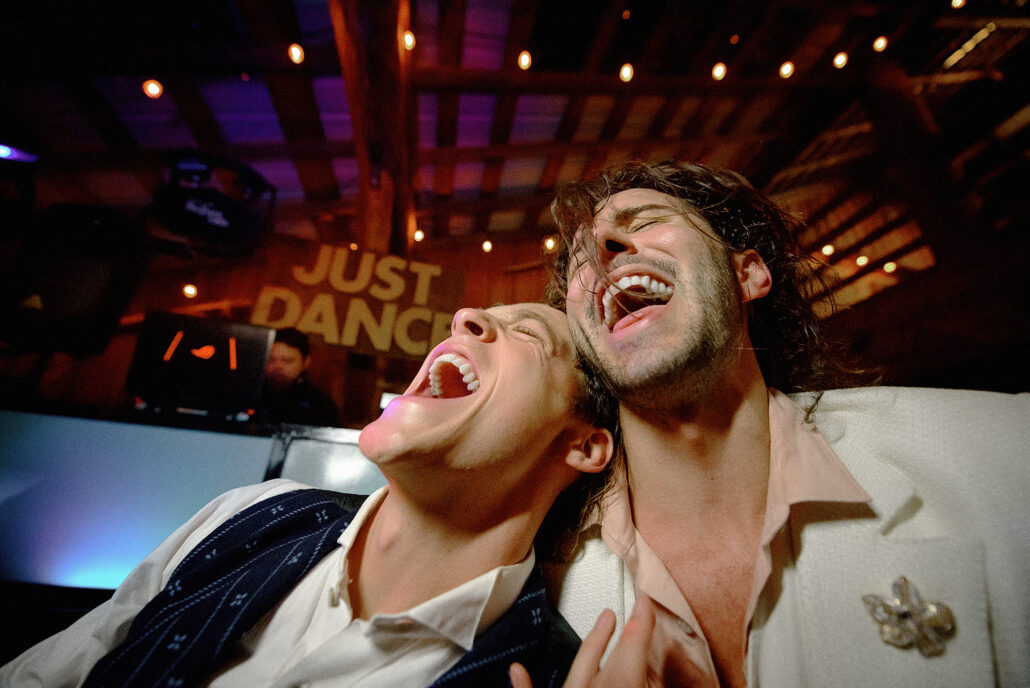
The Language of Storytelling Around the World
English gives us the word story. But other languages, as always, expand the horizon.
In Japanese, there’s monogatari (物語). Not just a “story,” but an unfolding tale where characters, place, and history intertwine. A monogatari doesn’t just happen; it reveals itself layer by layer.
The French speak of l’imagination fertile. A fertile imagination that sees narratives in the cracks of ordinary life.
The Germans say schöpferischer Geist. A creative spirit, restless and generative.
Even if no single word exists for “seeing stories everywhere,” cultures have always recognized this impulse. It’s why myths were born, why legends traveled faster than armies, why proverbs outlived kings.
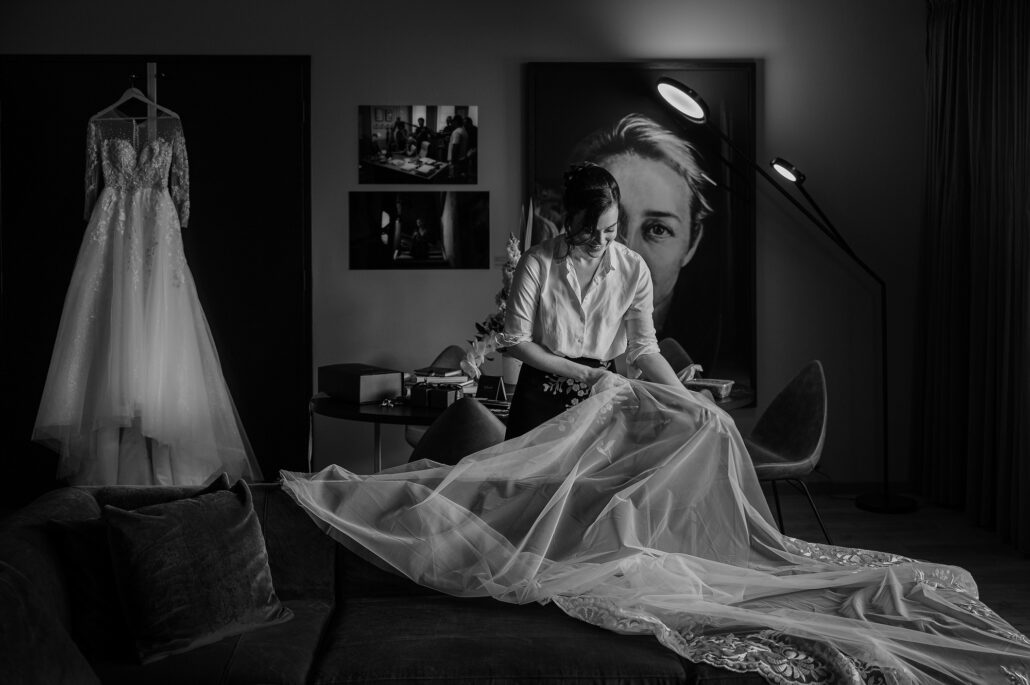
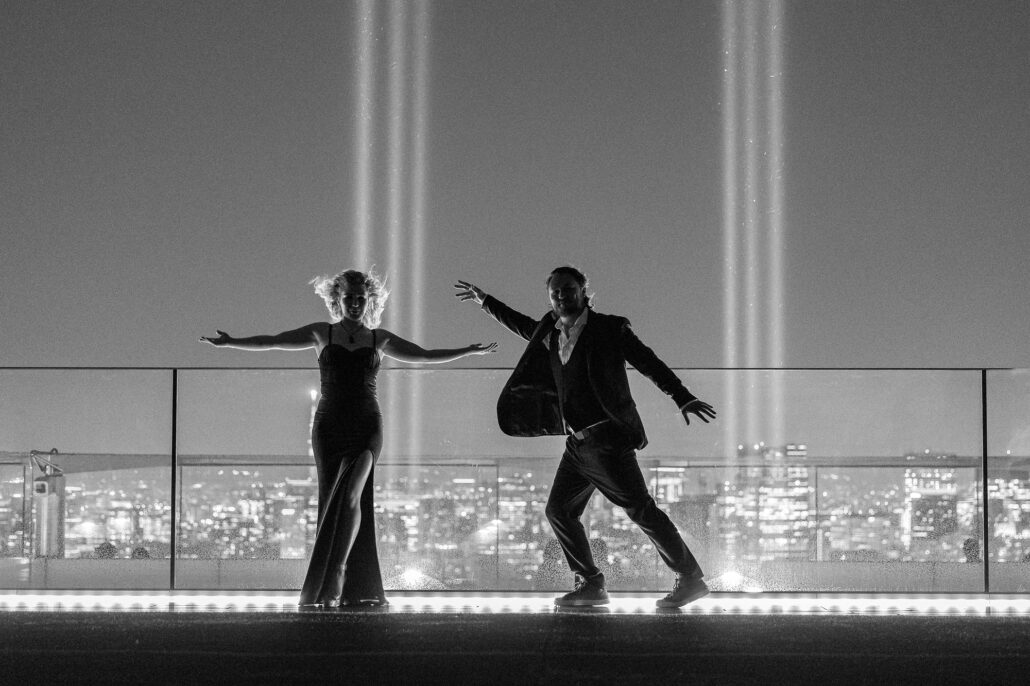
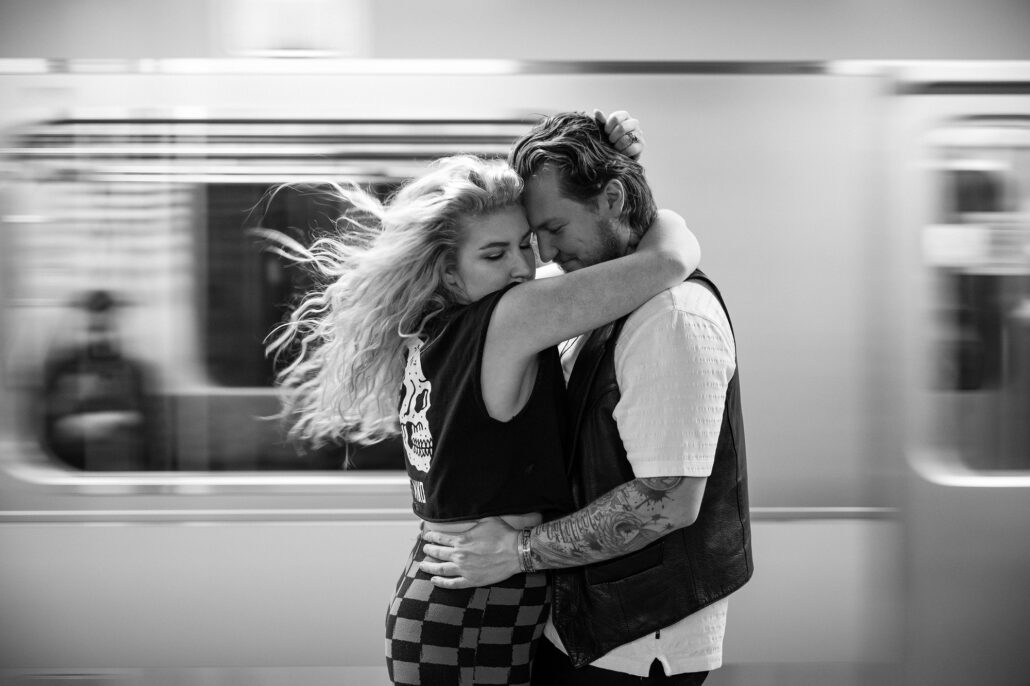

A History of Stories: From Firelight to Film
The act of storytelling is as old as humanity itself.
Think of the first campfires. Flames flickering against cave walls, shadows dancing while someone spoke of the hunt, the storm, the spirits. Storytelling was survival. Knowledge passed from one generation to the next, long before ink met parchment.
Then came the epics … The Odyssey, The Tale of Genji. These weren’t just tales, but cultural lifelines. They carried values, warnings, aspirations. They told people who they were and where they belonged.
Fast forward to today, and we’re still doing the same thing. The medium has changed. Reels, TikToks, YouTube shorts. But the impulse hasn’t. Whether painted on rock or projected in 4K, stories remain our way of saying: I was here. This mattered. Don’t forget.
The Gift and the Weight
But let’s be honest: being born with this urge is not always easy.
Every wedding we plan. Every couple we photograph. Every film we edit. The calling doesn’t switch off when the lens caps go on. You can’t simply enjoy cherry blossoms without framing them in your mind. You can’t sit in a hotel lobby without imagining the lives intersecting at that exact moment.
It’s wonderful. It’s exhausting. Sometimes both at once.
Because the weight of storytelling is responsibility. To get it right. To honor what happened. To make people feel seen. You don’t get a redo of the first kiss, the speech that made everyone cry, the grandmother’s quiet hand squeeze. Storytellers are not allowed to miss.
And yet, that weight is also the gift. The pressure sharpens us. The exhaustion makes the results matter. If you can’t not tell the story, then perhaps you were meant to.
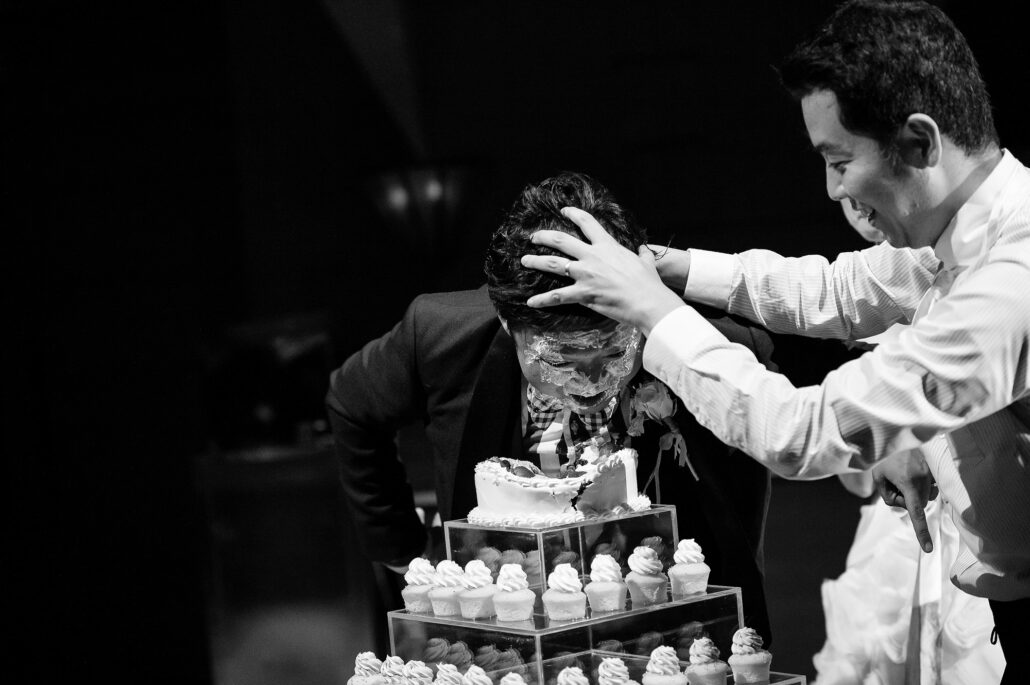
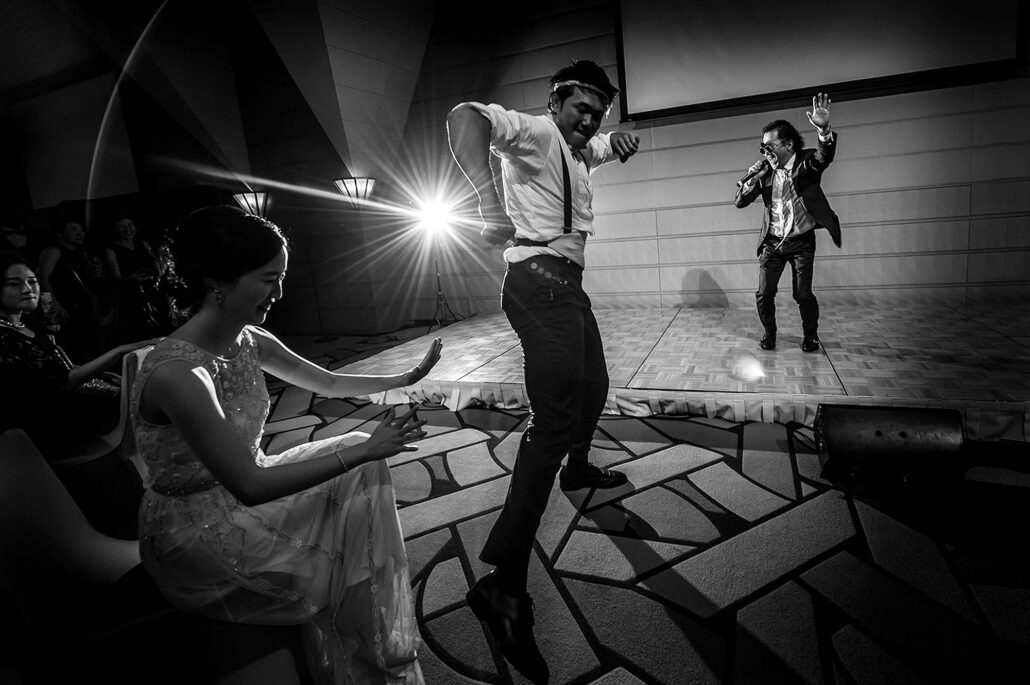
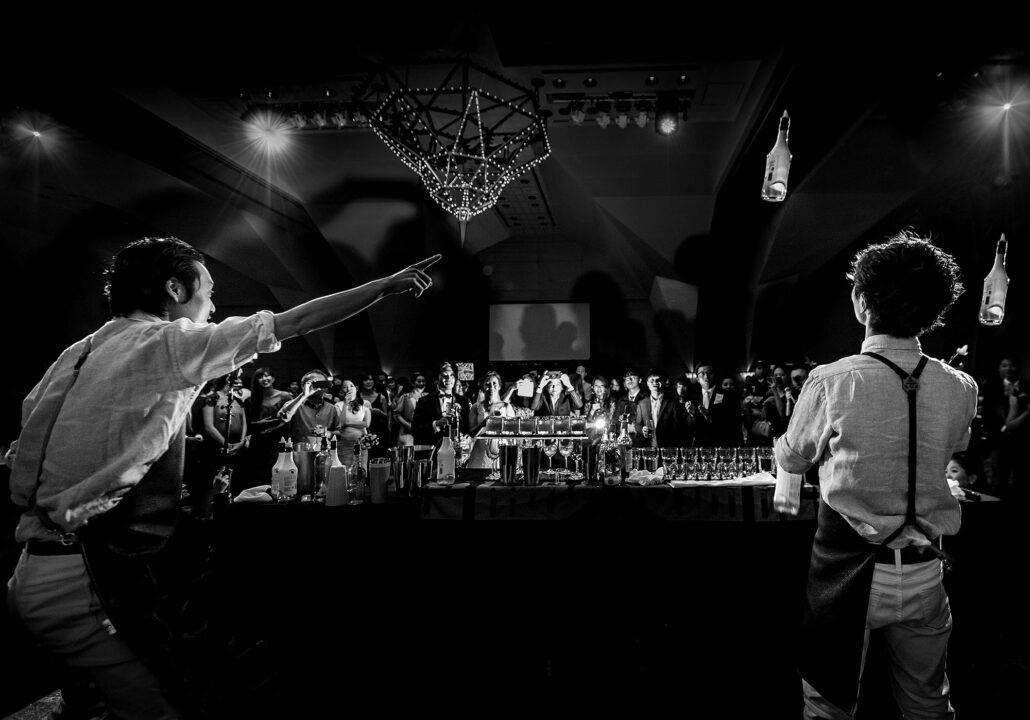
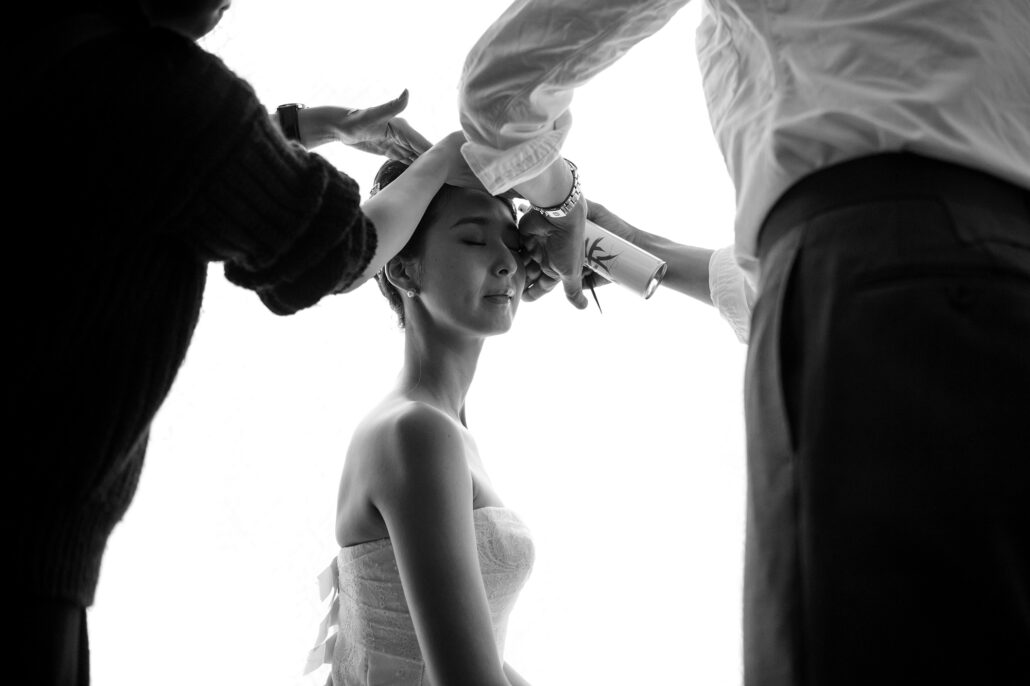
Beyond “Story”: Finding New Words for the Same Impulse
We know “story” gets overused these days. Instagram bios, brand taglines, TikTok captions. Everyone’s a “storyteller” now. The word has been watered down to mean everything and nothing.
But at its core, what we’re talking about isn’t a buzzword. It’s something deeper.
- It’s narrative: the throughline that connects beginnings and endings.
- It’s chronicle: the faithful recording of what was.
- It’s myth: the way ordinary life becomes extraordinary when told.
- It’s legacy: the proof you existed, loved, built, endured.
- It’s testament: a witness to life.
- It’s song: rhythm and repetition shaping memory.
So yes, we’ll keep using “story,” but always in its truest sense. As the art of remembering.

Weddings as Living Stories
This is why weddings resonate so deeply with us. They are living stories, compressed into one day, yet carrying generations.
A bride wears her father’s watch. A groom recites vows written at midnight the night before. Friends fly across oceans to gather in a single room. Every detail is narrative … from the choice of venue to the playlist on the dance floor.
At 37 Frames, we don’t just “plan a wedding.” We craft experiences that honor the couple’s narrative. We weave together history, culture, family, and place.
That’s why we choose venues with care … a ryokan with Miyazaki’s childhood ties, a vineyard where sunsets bleed across the hills, a cliff where waves crash like applause. Because place itself tells a story. And when place, people, and promise meet? That’s legendary.

Storytelling in the Digital Age
Some say storytelling has been diluted by TikTok reels and Instagram captions. But we see it differently.
Storytelling has never been more democratized. Everyone has a camera. Everyone can publish. And yes, sometimes it feels like noise. But within that noise, brilliance shines. Micro-stories, snippets of joy, confessions at 3am, a proposal caught on shaky iPhone footage that still makes you weep.
We’re living in the most documented age in history. That doesn’t cheapen stories. It proves how much we still need them.
Our role, as professionals, is to curate. To elevate. To distinguish between what’s fleeting and what’s eternal. Anyone can press record. Not everyone can hold a moment and give it weight.
When You’re Born to Tell Stories
So what does it really mean to be born this way?
It means you’ll never look at the world the same way. You’ll cry at sunsets more than is probably practical. You’ll miss sleep because your mind won’t stop narrating. You’ll spend far too long on captions (hello, guilty).
But it also means you’ll live awake. You’ll notice. You’ll record. You’ll leave something behind.
And maybe … if you’re lucky … you’ll give people more than photographs or films or planned timelines. You’ll give them back pieces of themselves they didn’t even realize they wanted to remember.
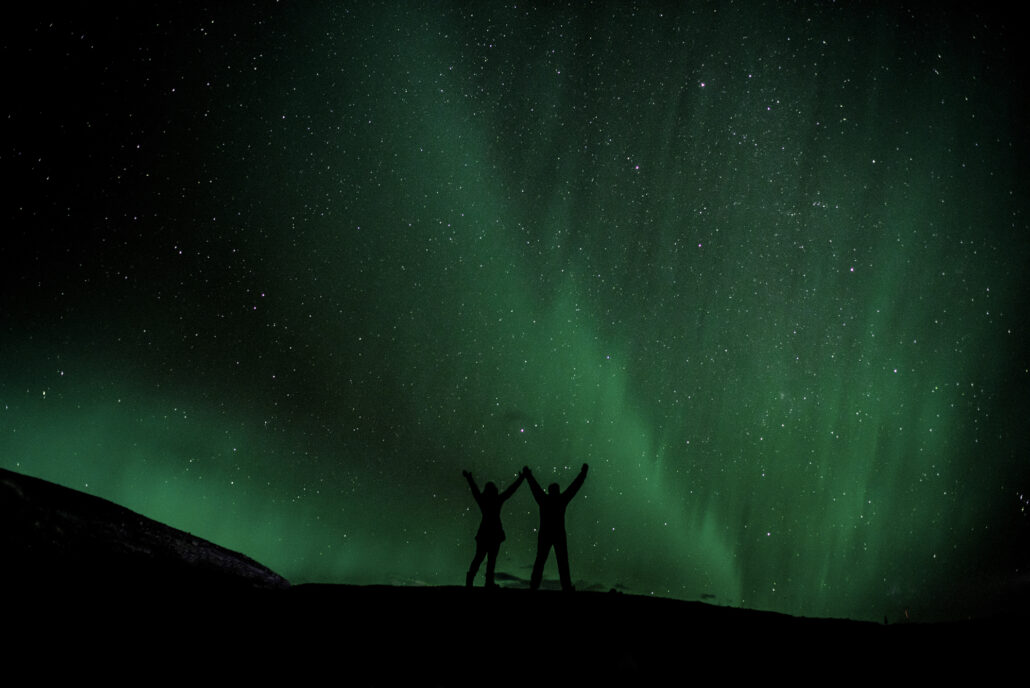
Final Reflection: The Call We Can’t Ignore
In every culture, in every age, there have been those who couldn’t help but tell stories. Around fires. On parchment. On film. In digital reels.
It’s not about glamour. It’s not even about art. It’s about service. Storytellers carry the past into the future. They remind us of who we were, who we are, and who we still might be.
And if you’ve been born with that impulse? That relentless need to narrate the world?
Then it’s not a hobby. It’s not a job. It’s a calling.
One that shapes weddings. One that shapes lives. One that shapes history.
So yes, we’ll keep telling stories. Through photography. Through film. Through planning. Through living. Through every glance, every vow, every rain-soaked dance and sunlit morning.
Because when you’re born to tell stories… you don’t really have a choice.
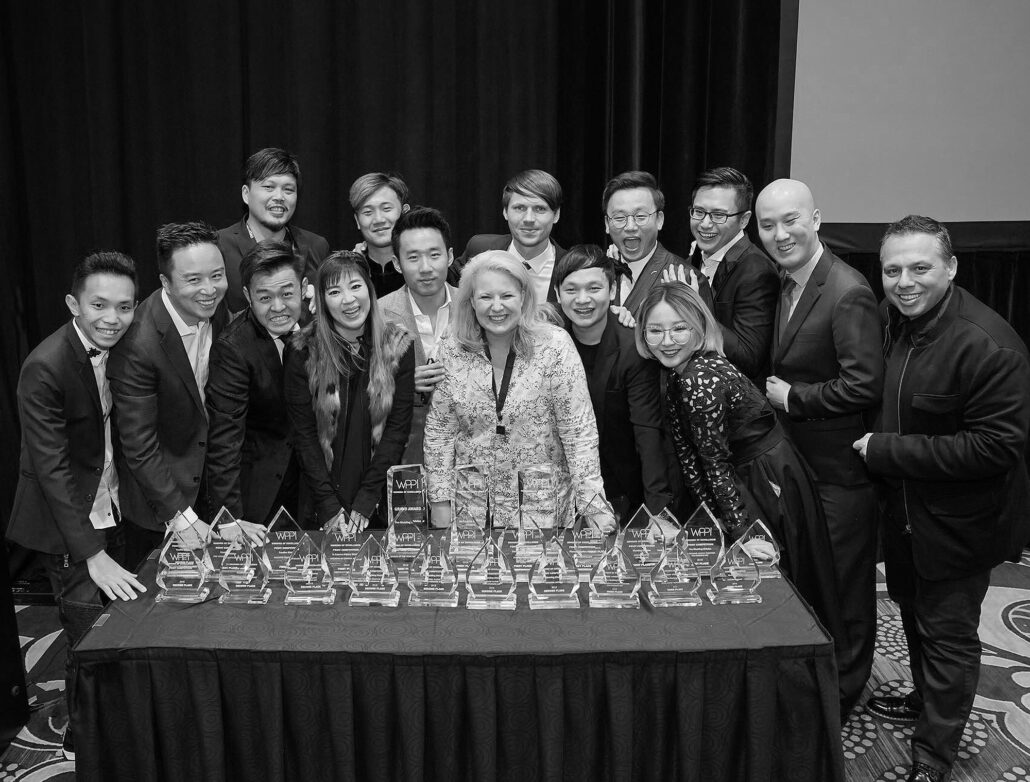
See a favourite 37 Frames wedding here: A celebrity wedding in Hawaii
